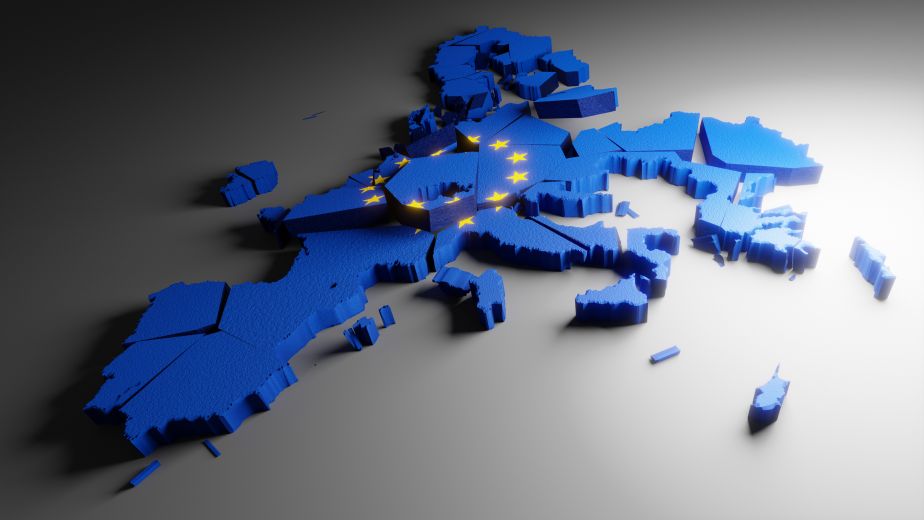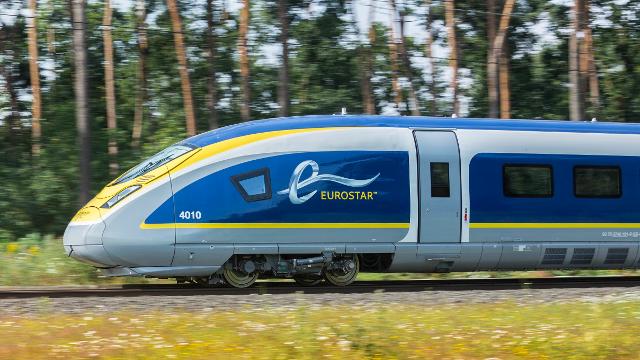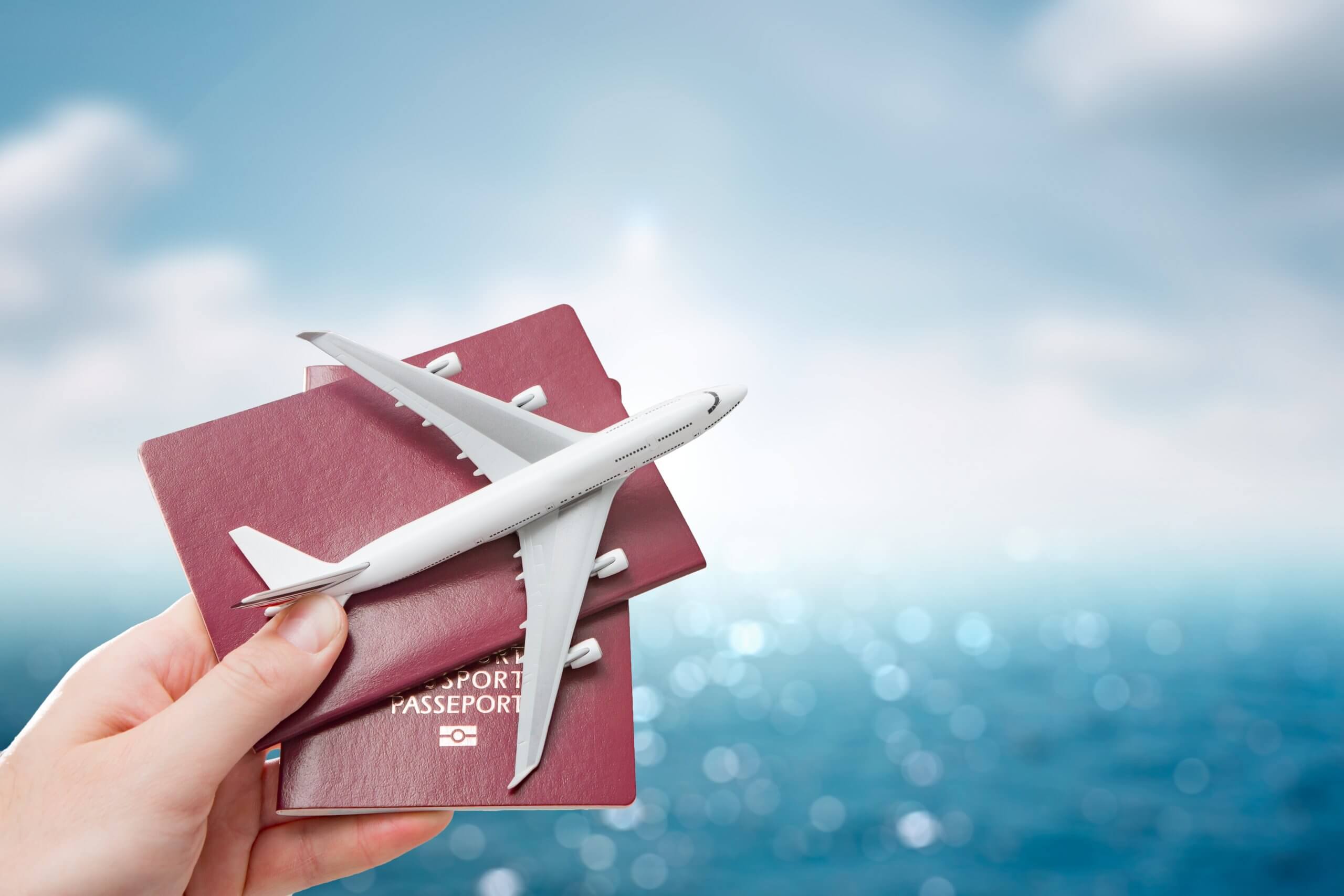
Major Changes Coming for Travelers to the EU in 2025

Starting in 2025, traveling to the EU is going to look a little different with the introduction of the Entry/Exit System (EES). If you’re not from the EU and you’re planning to visit most European countries, this new system means your fingerprints and a photograph will be taken and checked every time you enter or leave the EU. While the goal is to improve security, there are concerns about longer wait times at airports and other entry points. The process, which previously took around 45 seconds per passenger, is expected to take about two to three minutes per person, which could lead to longer queues.
Why Is the EES Being Introduced?

The EES is essentially an automated IT system designed to track non-EU nationals traveling to the EU for short stays. It’s being implemented to enhance border security—especially in light of growing concerns over terrorist threats. The system will replace the old method of manually stamping passports and will apply to everyone entering the EU who’s not traveling on an EU passport.
Which Countries Will Use the EES?

The EES will be adopted by 29 countries in total. This includes all EU countries, except for Cyprus and Ireland. Additionally, Iceland, Liechtenstein, Norway, and Switzerland will also participate. If you’re traveling from one of these countries or holding a passport from one of them, you won’t have to go through the process. So, if you’re coming from the EU or Ireland, you’ll be unaffected by these changes.
What Will the Process Look Like?

For travelers arriving at airports in EES-adopting countries, the process will vary depending on the airport’s size. At larger airports, you’ll be directed to self-service kiosks (similar to those found in U.S. airports). At these kiosks, you’ll answer a few multiple-choice questions, have your fingerprints scanned, and get your photo taken before heading to border control.
At smaller airports, things will be handled directly by border officers, who will take your fingerprints, photo, and ask the necessary questions at the checkpoint.
How Will This Affect Ferries and the Channel Tunnel?

This new system could lead to serious delays, especially at the Port of Dover and the Channel Tunnel in Folkestone, where French border checks happen on UK soil. Authorities are estimating that processing time for a family in a car could jump from under a minute to around five to seven minutes. This increase has raised concerns of gridlock and even welfare concerns for passengers. In the worst-case scenario, queues could stretch up to 15 hours.
Earlier this year, Ashford Borough Council raised alarms, saying there’s not enough space at the Port of Dover between the Eastern Docks roundabout and the French customs booths—the only area where EES registration can happen. They warned that this could cause massive delays for all tourist traffic entering the port.
What About Eurostar?

The Eurostar rail service, which connects the UK with mainland Europe, is also preparing for the new system. They’ve already spent over €10 million (around £8.5 million) getting ready. At London’s St Pancras station, 49 EES kiosks have been installed, and passengers will be directed to one of three kiosk areas upon arrival. Additional kiosks will also be added in Paris.
More Changes Coming: ETIAS

In mid-2025, another major change will be rolled out: the European Travel Information and Authorisation System (ETIAS). This will be a visa-waiver program, similar to the U.S. ESTA, where travelers will need to apply online or through an app. Their details will be checked against EU security databases before approval.
Most applications will be approved in minutes, but some could take up to 30 days. The ETIAS will be valid for three years or until your passport expires, whichever comes first. It’ll cost €7 (£6) for travelers aged 18 to 70, and it will be free for those outside this age range.
FAQs
1. What exactly is the Entry/Exit System (EES)?
The EES is an automated system designed to track non-EU nationals who are traveling to the EU for short stays. It aims to strengthen border security by capturing biometrics (fingerprints and photographs) from travelers every time they cross EU borders.
2. Which countries will be affected by the EES?
The EES will be used by 29 countries, including all EU countries (except Cyprus and Ireland) and other European nations like Iceland, Norway, Liechtenstein, and Switzerland. Travelers with EU or Irish passports will not need to go through the system.
3. How will the EES process work at airports?
At larger airports, travelers will use self-service kiosks to provide fingerprints, a photo, and answer a few questions. At smaller airports, border officers will handle the process directly.
4. Will the EES affect ferries or the Channel Tunnel?
Yes. With the new system, border checks at the Port of Dover and Channel Tunnel are expected to cause significant delays, with processing times for families in cars increasing to five to seven minutes, possibly causing queues of up to 15 hours.
5. What is Eurostar doing about the EES?
Eurostar has spent over €10 million preparing for the EES. They’ve installed 49 kiosks at St Pancras Station in London and will have more kiosks in Paris to handle the increased process.
6. What is ETIAS, and when will it be implemented?
The European Travel Information and Authorisation System (ETIAS) is a visa-waiver program launching in mid-2025. Travelers will apply online or via an app, with approval typically coming in minutes. It will cost €7 (£6) for travelers aged 18 to 70 and be valid for three years.
7. Do I need ETIAS if I’m visiting Europe?
If you are traveling from a non-EU country, you will need to apply for ETIAS. It’s not a visa but will check your details against EU security databases.
Conclusion
Travel to the EU is undergoing some significant changes starting in 2025. The Entry/Exit System (EES) and the European Travel Information and Authorisation System (ETIAS) are being introduced to improve border security and streamline the travel process. While these changes will likely result in longer wait times, the overall goal is to make travel safer and more efficient. Make sure to stay updated and plan ahead for smoother travel through Europe in the near future.
